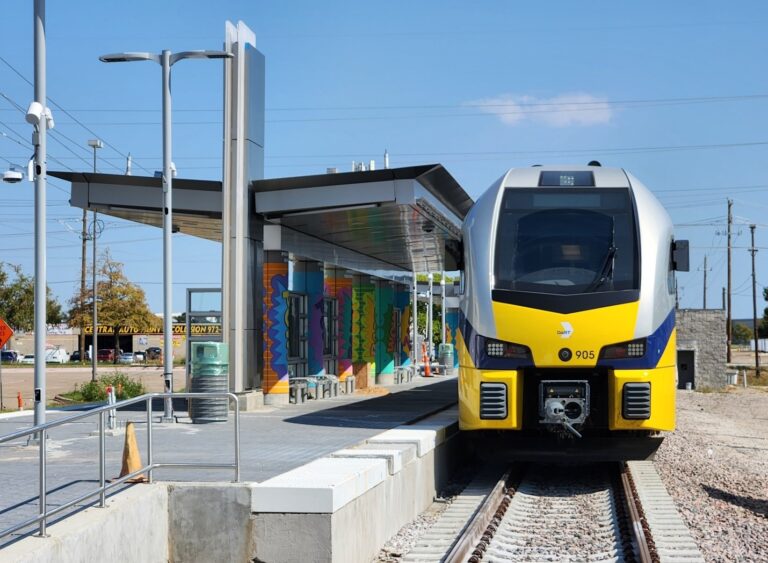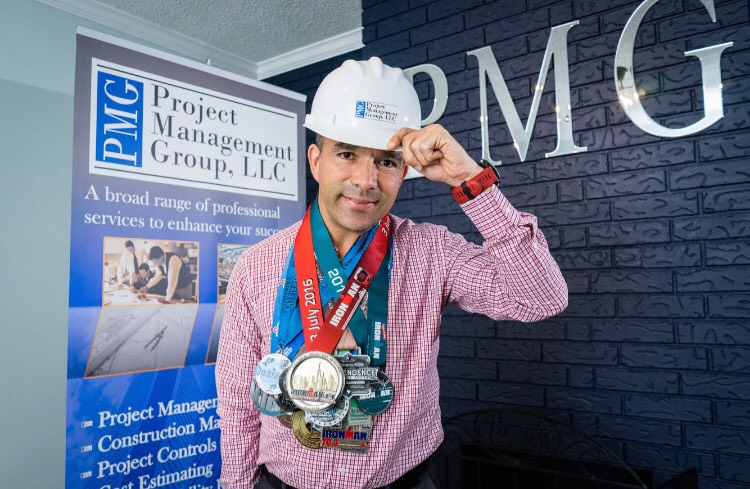
By Bethany Lundell Garver, Scott Cornelius, AIAS Contributors
The American Institute of Architecture Students (AIAS) is pleased to welcome Bethany I. Lundell Garver, AIA, NCARB, to the 2021-2022 Board of Directors. Beth is Dean of Practice and Faculty at the Boston Architectural College. At Grassroots 2021 Beth was sworn in as the Association of Collegiate Schools of Architecture (ACSA)’s liaison to the AIAS for a three-year term, from 2021-2024. This is following the three-year term of Dr. Ikhlas Sabouni, DPASCA, of Prairie View A&M University. Below are Beth’s responses to our interview questions; please take a few minutes to get to know our new ACSA Liaison better!
Please describe as much of your background and architectural education as you’d like. Growing up in a small college town on the hem of Alabama’s Black Belt region, I relished things I could reach out and touch: clean sidewalks where I guiltlessly walked barefoot, bike rides through agricultural fields in warm rain, and the presence of Greek Revival structures unabated by their need for fresh paint. As an undergraduate student, I found architectural meaning within an ethical and cultural context. At Auburn University’s Rural Studio, studying under the late Samuel Mockbee, I learned to use design as a tool for community cultivation and realized that, as designers, we must create space for comfort and hope in peoples’ lives. From rural Alabama, I studied abroad in Europe, where my design convictions solidified amidst vibrant urban landscapes and an alluring public realm. Shaped by early exposure to impoverished communities in the Deep South, contrasted with my subsequent immersion into city culture, I became intrigued with interrelationships between vast urban systems and their alienated parts. This prompted me to study architecture and urban design at Harvard Graduate School of Design, but only after working for a decade in New York City and San Francisco with Rafael Viñoly Architects while completing requirements for architectural licensure.
Is there anything in your past that particularly inspired you to join this profession? In a conversation I had a couple years ago with Bruce Mau, he reminded me that INSPIRATION is our first responsibility: “Design is Leadership.” By way of my parents, the idea of “leading by design” is what really drew me to this profession. My father is an architect, professor, and department head who leads with humility and collaborative action. My mother is a retired high school history teacher turned media specialist. Since grade school, she encouraged me to examine historic governance structures, learn how policies affect change, and challenge injustices by leading the design of better processes, not just products.
Please list any other ACSA appointments you’ve held or any other general involvement. I served as At-Large Director on the board of the Association of Collegiate Schools of Architecture (ACSA) from 2017-2020. I have held elected and appointed roles on several ACSA, AIA, and NCARB committees, and I am a founding editor for NCARB/ACSA’s recently launched ProPEL: Professional Practice Education Library. I am also an Architect Licensing Advisor (NCARB) for the Boston Architectural College. Prior to being elected to the ACSA Board of Directors, I served on the board for visual-arts nonprofit Root Division (2008-2012) and foster care youth empowerment nonprofit Silver Lining Mentoring (2016-18).
Please tell us more about your AIAS involvement and any work you’ve done with emerging professionals. My passion in work and life is to empower future leaders and change agents like you in architecture and design. As an architect, educator, and administrator serving future generations of architecture and design professionals on a daily basis, there are few organizations I believe to be more essential to the promise of this future than the American Institute of Architecture Students.
Since 2017, I have been the AIAS Faculty Advisor at the Boston Architectural College. This experience has been bittersweet. While I know the incredible value AIAS offers, I have seen my extraordinary student leaders struggle to keep our AIAS chapter alive. Member minimums, individual dues, chapter dues, fundraising, and even the timing of events are real barriers for our students. As a faculty advisor, and now a director on the national Board, I will continue to advocate for necessary support to ensure “nontraditional” students and programs are a part of AIAS.
For a bit of context, the National Center for Education Statistics defines nontraditional students as meeting one of seven characteristics: delayed enrollment into postsecondary education; attending college part-time; working full time; being financially independent for financial aid purposes; having dependents other than a spouse; being a single parent; or not having a high school diploma. These criteria fit an increasing number of aspiring architecture students, and I hope to help AIAS continue to adapt to accommodate them.
Do you have any goals or intentions for your new Liaison role? I believe in you. I believe in AIAS’ Learning and Teaching Culture Policy project, AIAS’ ongoing work with Freedom by Design, career preparation, and research publication efforts through Crit.
I believe you have earned a seat at every table that involves rewriting the script for our profession in a way that realizes the holistic, measurable value of architects and a professional architectural education.
I believe you are a bridge, a voice, an influence, and the ones with the power to change the future of how people react when we proclaim: “I am an architecture student,” “I am an architect,” and “I am committed to making this world a better place.”
As the ACSA Liaison on the AIAS Board of Directors, I am deeply honored to support and stabilize the organization in service of this mission.
What is the “big picture” impact: that you would like to have on the profession OR that you hope the profession will have on the world? In architectural education and practice, we talk a lot about the word “impact.” And yet, rarely are we asked to reflect upon and assess our impact beyond merely pointing to past projects or clients. We lean on our portfolio, our pretty renderings or photographs, and our (often unpaid) time commitment to somehow prove that we are making a difference. When the reality is that the people who live and breathe in our work know our impact more than anyone but are hardly ever asked to share. As a profession, my hope is to better incorporate a culture of assessment into our design process and output. I help future leaders understand the value of reflecting upon how practice and project goals are contributing to their Big Why; what is being learned; and where to redirect efforts along the way to meet (and even exceed) goals.
All of this starts with one question: How will we know if we are successful? To answer that question, architects, firms, and schools have to determine their metrics for success. This is HARD and takes time. Are we making a good profit? Are our students, employees, and their families engaged and thriving? Are we attracting a more diverse pool of applicants? Are we running for and being elected to city/state/national office where we are leading master plans and writing legislation? For example, in addition to designing more Accessory Dwelling Units (ADUs) and Net Zero Energy (NZE) buildings, are we informing and enacting policy changes to make more ADU-friendly neighborhoods and NZE/Net Positive cities? Are we present in the global leadership conversations required to truly address climate change?
I want us to talk less about “having an impact” and do more to pause, reflect, and measure how our work truly performs. Let’s commit resources to really wrestle with our miserable failures. Let’s look for the places where critical decisions about the built environment are being made; and yet, we as a profession are absent, perhaps too busy (or obsessed) with tradition to join. Let’s get invited to those tables and be present in places we have never been. Let’s allow ourselves, our degree programs, and our profession to be dramatically changed by what we learn from the many failures of “business as usual.”
For more information, please visit www.aias.org.
Source: The American Institute of Architecture Students







